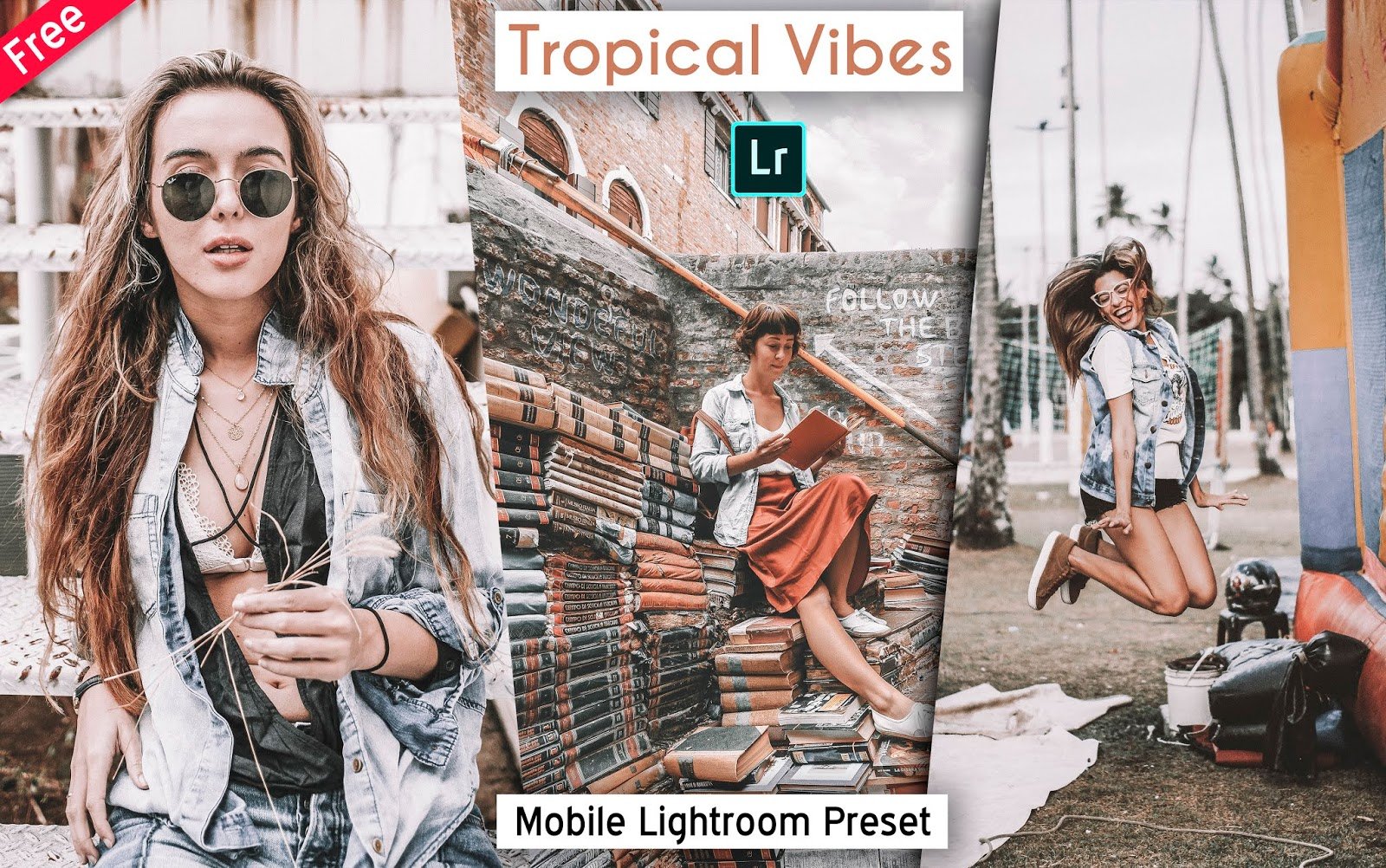The enthusiasm of our developers for creating mobile apps on the Ionic framework is the sole reason why our platform now powers a sizeable chunk of both the Apple App Store and the Google Play Store. There has been no letup in the number of developers opting to base their whole development strategy around Ionic’s mobile app development solution, from the smallest of startups to the largest of corporations. Why are teams and developers investing in Ionic and going hybrid, and what are some of the benefits of using Ionic for app development?
Ionic was designed from the ground up for the web
Web developers can now create native apps for iOS, Android, and the web using a single codebase and the latest web standards with the help of Ionic, a mobile app development solution. Ionic provides a web development experience that is both familiar and cutting edge, utilising the latest versions of JavaScript and TypeScript, as well as powerful web APIs like web components and thorough interaction with Progressive Web App APIs like Service Workers. It’s a state-of-the-art web platform made available for apps built specifically for use within the native mobile app store ecosystem. Ionic is at the forefront of cutting-edge web technology, which benefits Ionic developers in the form of enhanced performance, access to cutting-edge APIs, and robust new tools.
And because it’s web-based, Ionic provides teams with a significant advantage: the capacity to make changes to their app instantly and from anywhere (through Ionic Appflow). That’s why Ionic is so popular among web developers. As an open-source project, you may utilise Ionic at no cost. Web developers can now create native iOS, Android, and Progressive Web Apps with just HTML, JavaScript, and CSS using the Ionic App Platform, which is based on the open-source Ionic Framework.
The MIT licence allows anybody to use the Ionic Framework at no cost. Ionic now receives hundreds of contributions from the community every year and is one of the top 100 most-starred repositories on GitHub.
No task is too big or too little for ionic
Don’t buy into the fear, uncertainty, and doubt. The capabilities of an app developed using Ionic’s mobile app development solution are identical to those of a native app on any supported device (because they are native apps). Over a hundred native API connectors are available for use with Ionic, and you can easily expand your app to use any Native API or SDK. This enables developers to make all the necessary adjustments to the user experience. Ionic developers can rapidly and simply add potent native functionality to their apps by taking advantage of these APIs, which are often orders of magnitude quicker to use than creating the native code to do so.
Ionic apps can be readily expanded with custom native code, so even if a feature isn’t already built-in, you won’t run into trouble adding it.
Highly effective ionic
Unlike other “write once run anywhere” solutions, Ionic truly delivers. It’s not only a huge time saver when it comes to narrowing in on your audience, but it’s also likely far quicker than developing a single native software the old-fashioned way. Ionic’s mobile app development solution is simply the quickest way to a working app, thanks to its use of JavaScript, HTML, CSS, and more than a hundred extendable and well-designed components. When competing with other cross-platform technologies, Ionic has been known to help teams beat unachievable deadlines and release their apps early.
Ionic is a superpower that lets entrepreneurs reach the biggest audience on day one (across iOS, Android, and the web) and swiftly iterate subsequently, making it ideal for teams looking to create their daring new projects or company and acquire momentum. Because of this, Ionic is designed to be extremely usable and practical, not to mention just plain sensible from a business perspective. When it comes to this, nobody beats Ionic.
With Ionic, programmers can easily become competent designers
Ionic’s mobile app development solution is popular among programmers because it provides a more solid design basis than the one provided by default by Apple and Google. Most programmers don’t want to create apps that look like everyone else’s. They’d like it to be simple to give them a unique identity, employ widely adopted design patterns like Cards, and create engaging, interactive user interfaces with motion and gesture. And they want it to look good right out of the box, too. The ability to accomplish this effectively is one of Ionic’s most recognisable features. We’ve heard that Ionic’s popularity among developers is due to the fact that it gives them the appearance of being skilled designers with less effort.
Regardless of the framework you use to create apps, Ionic will integrate seamlessly
The Ionic Framework is fully compatible with other frameworks like Angular, React, and Vue, which are used to create mobile applications. Developers used to a particular framework will have a first-rate experience thanks to each framework’s seamless integration.
We anticipate the same for React (releasing in October 2019) and Vue (now in beta) given a comparable period of time, as Ionic apps constitute a sizable fraction of the apps developed on Angular. In addition, Ionic is constructed from a set of framework-independent components; this ensures that all Ionic-supported app development frameworks benefit from the same upgrades and that all developers working with Ionic are working with the same underlying infrastructure.
In many contexts, ionic is the preferred
It wasn’t by chance that we reached over 10% of the Apple App Store and 16% of the Google Play Store! The number of places where Ionic is being used by web developers has increased dramatically, from small businesses to multinational conglomerates. Ionic has become an integral part of the app development strategy for many large corporations. Their goal in coming to Ionic is to leverage their existing web development expertise to standardise a single technology that can be used in a variety of contexts. In addition, they are more positive about adding web developers to their teams than native mobile developers.
Independent developers choose Ionic because it allows them to release apps much more quickly, take use of beautiful default designs, take less of a chance, and reuse most of their existing web code. Write once run anywhere may sound too wonderful to be true until you’ve actually written an app and simultaneously released it to more than three platforms (iOS, Android, and the web). This is, however, the reality for millions of Ionic developers and a major factor in the framework’s meteoric rise to prominence.









